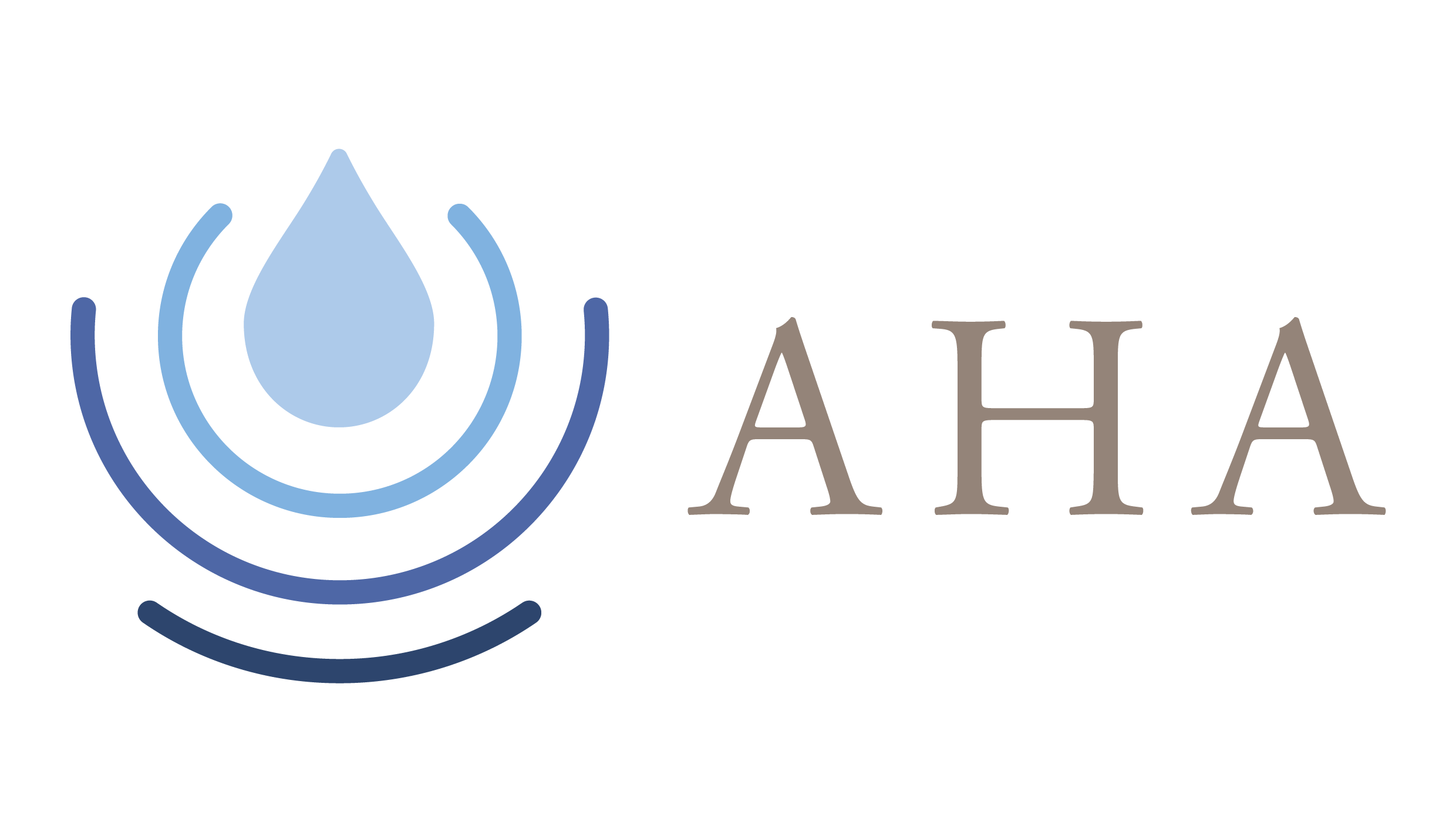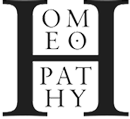Similia Article Submissions
Guidelines for authors
Similia: Guidelines for Contributors
The Australian Journal of Homoeopathic Medicine
www.homeopathyoz.org
Editor: David Levy - This email address is being protected from spambots. You need JavaScript enabled to view it.
Production Manager: Naina Knöss - This email address is being protected from spambots. You need JavaScript enabled to view it.
CRITERIA: Contributions to Similia are invited on any aspect of homoeopathy and on subjects that relate to homoeopathy. Original insights, applicable to the clinical practice of homoeopathy, cases, practical clinical experiences and observations, philosophical articles, new insights into materia medica, new provings and generally any article that readers will be able to usefully apply to their day-to-day practice, are all potentially suitable material for publication. You do not have to invent a new methodology, conduct a proving or be involved in pioneering research to be published. Although Similia welcomes work of that nature, it is also important for practitioners to share the wealth of their experience from daily practice and ongoing professional development.
THE PROCESS: You may discuss a possible article with the Editor, or you may submit an article unasked.
If you think you have a promising article, but feel you need feedback or help before you are willing to present your work, the editor will be able to offer advice.
Receipt of your article will be acknowledged, and it will immediately be given a code to retain your anonymity, and be sent to members of a peer review panel who will offer guidelines or comments.
FEEDBACK: You may be informed that your article has been accepted as it stands, or that it has been accepted but needs modifications prior to publication, or that it has not been considered suitable for publication. You may, of course, withdraw the article. If accepted on condition of modifications, you will be asked to supply additional information or re-write certain parts of it, as it is prepared for final publication. This is a collaborative process between writer and editor. Due to time constraints it is not possible to provide detailed feedback on articles not accepted for publication.
See below for more detailed guidelines.
CONTRIBUTIONS: Written contributions should not have been published [either on paper or electronically].
Similia is indexed by the searchable database service CINAHL. You will need to provide:
-
an abstract of your article, which includes the major indexable words. Your abstract should contain the language that one might use online in searching for such an article or subject. The abstract should be 4-5 lines long, or up to 60 words.
-
an author biography and photograph. It is always interesting to know something about an author. Include your biography condensed to 20-50 words, and a photograph, which will go beside your article.
Please supply work by email, as a Word document.
STYLE GUIDELINES:
-
Similia uses Australian spellings – 'practising homoeopathy', not 'practicing homoeopathy'; 'trialling', not 'trialing'. Make sure your Language, under the Tools menu, is set to 'English (AUS).
-
use a single space between sentences.
-
remedy names should appear in full and in italics. Calcarea carbonica rather than Calc carb.
-
use a single return between paragraphs, unless you need to definitively show the start of a new paragraph, when you may indicate this with a double return.
-
use single quotation marks.
REFERENCING: Please do not quote other authors at great length. Two hundred words is the maximum number of consecutive words you may legally quote from another author's text, for copyright reasons, but it is preferable that you use brief quotations and that the article is composed largely of your own original thinking. If you are heavily or repeatedly quoting another homoeopathic author, please seek their approval as a matter of courtesy, and in any case, always acknowledge their work in your references.
Always provide full references, using the Monash University Library's 'Quick reference guide Vancouver Citing & Referencing style' listed below this article.
Important: Footnotes and References should be typed in manually at the end of the document, please do not use any automatic footnotes or referencing features in Word.
CLARITY & ACCURACY: Explain yourself clearly. Have a beginning, middle and end. Open your article stating its aims and rationale. Do not ask your readers to take things on faith. Always provide footnotes and references and/or a bibliography.
STYLE: Think about the style. For example, if you are submitting a paper that was originally a speech (for homoeopaths or non-homoeopaths), or a college essay it probably won't work as an article in which you are presenting information to your peers. It will need rewriting and/or reshaping. Read back issues of Similia and similar publications, and find articles you enjoyed reading; then study the style. Think about what makes those articles work and how you can incorporate those elements into your own style.
LENGTH: Please do not send in a 100-page thesis or a 20 page proving and expect it to be published in full. Try to think in article lengths when you have a huge work. It will need to be edited. References or links to the full work can be included. Also, please do not expect that your article will remain totally unedited. Editing will be done sensitively but thoroughly. The more you consider your style, clarity, and length before submitting an article, the less it will need editing. A two-page article in journal space is approximately 1500 words (4 pages Times New Roman 12 point). Most articles will be 3 - 4 pages of journal space, maximum. So please make sure your article is 1,500 words, 2,250 words, or 3,000 words etc. It doesn't have to be exact but somewhere close would be appreciated.
TITLE AND ABSTRACT: Titles should be no longer than 40 characters, including any spaces or punctuation. Please supply an introductory abstract that explains in two or three sentences the content and purpose of your article. The editor reserves the right to amend titles and introductions.
YOUR CONTACT INFORMATION: So that you can be contacted by the editor, include your full name, telephone number and email at the top of the first page of text only; if sent as an attachment, these details must appear at the top of the attached document. Do not put identifying marks in the header or footer or elsewhere in the document. This is to retain your anonymity when the article is sent to the review panel. You also need to submit approximately two sentences about yourself. This might include your qualifications, areas of interest, and other relevant details. It should include your email unless you specifically disagree to having it published (please state this clearly when submitting an article).
CHECK: Has your article been published, in print or electronically in Australia or abroad before? Have you submitted it to anyone else? Please provide details when submitting an article. The aim is to publish original material that has not previously been published elsewhere.
FORMAT: Keep the formatting of the page as simple as possible, without too many indents or other emphases (bold or italic) except where strictly necessary or according to sources quoted, such as repertory. House style will be applied to your article in the design process, so any complex formatting you include may be a waste of your time.
STYLE NOTES: Feel free to use your own general writing 'style' but please remember that you are submitting to a professional journal, so articles should not be too casual in style. Specific style notes are as follows:
Homoeopathy is always spelt homoeopathy, with an extra 'o' (unless in a book title for example). Keyboard shortcut in Word -(PC) CTRL+Shift then press & then O, (Mac) Option+q.
Remedy names to be in full e.g. Natrum muriaticum (2nd word lower case), and italicised, unless in a repertory list when Complete or Synthesis abbreviations are to be used, for example, from the Complete: Mind; AILMENTS from; anger, vexation; anxiety, with (31) Acon., alum., arg-n., ars., aur., bell., bry., calc., cham., cocc., coff., cupr., gels., hyos., Ign., lyc., nat-c., nat-m., nux-v., op., petr., phos., plat., puls., rhus-t., samb., sep., stann., stram., sulph., verat.
When reproducing rubrics, please follow the guide (upper case, lower case, and italics etc.) of the repertory you are using and state your source.
CASES: You must have the patient's written and signed permission to publish the case. Please protect your patient's identity. We should not be informed of their name, address or telephone number or any other information that could identify them. Cases should state the gender; age and an indication of the occupation of the person and have at least 2 follow ups, over a period of months. The main aims are: be as concise as possible and as clear as possible. Be clear in explaining your processes of case analysis and remedy selection.
Comparative materia medica is often interesting here. Provide details of the consultations, timescales or dates, remedy name, potency and posology, as well as remedy reactions. The patient's own words are, as always, extremely important.
REMINDER: Check your spelling. Make sure your word processing application language and spell check options are set to Australian English, not American.
If you wish to include repertory graphics, please send them separately, labelled as figure 1, 2, 3 etc. and indicate in the text where the figures should be placed. For example: see figure 1.
BOOK REVIEWS: If you would like to review books, please contact the Book Review coordinator (contact the AHA National Office for details).
Book reviews should be well-informed, balanced, useful to prospective readers/book buyers, and avoid unnecessary personal criticism of the writer. If you wish to criticise, back up your comments with examples, and try to make it constructive.
Think about including:
-
the impact, design and physical properties of the book
-
an optional introduction
-
what the book is about
-
it’s qualities and faults
-
how it compares with other books in the field
-
the level and type of potential readership
-
the status and other information about the author
-
ask for help if you feel you need it
ALWAYS INCLUDE the following info with book reviews: Author, Title, Publisher & country, year, soft/hard covers, # pages, Price, ISBN.
PICTURES: can only be reproduced in black and white. They need to be 300dpi TIFF, JPG or PDF files and scanned at a size that is adequate for the size in which they will be reproduced. The average size for a small image is best up to 2Mb. At this size or less it is easiest to e-mail. Pictures online are only 72dpi, which isn't suitable for magazine publication. For more info, contact Naina Knöss, the Production Manager. Regarding pictures: do you know who owns copyright? You cannot take pictures from the Internet or elsewhere and send them for publication unless you have cleared copyright on the image. We can be sued if you do this, and we will not accept images unless we know the origin.
LETTERS: The letters page is a place for feedback, observations and lively debate, but not personal arguments. See notes on book reviews above. The right to reply in the same issue will be offered where an individual or group's work comes under direct professional criticism in the Letters pages. Succinct letters are preferable.
CONFLICT OF INTEREST: Please declare your business or personal interests when submitting articles. If you are writing about a book, software, seminars or any other product or business-related interest with which you are concerned and/or profit from directly or indirectly, you must declare this at the time you submit the article.
SENDING: Please send your article by Microsoft Word attachment, or on a disc, or CD, (or if you are a Mac user and cannot send by a Word document, please send in Pages as an attachment).
Thank you for reading this document and we look forward to receiving your contribution.
Quick reference guide -Vancouver Citing & Referencing style


